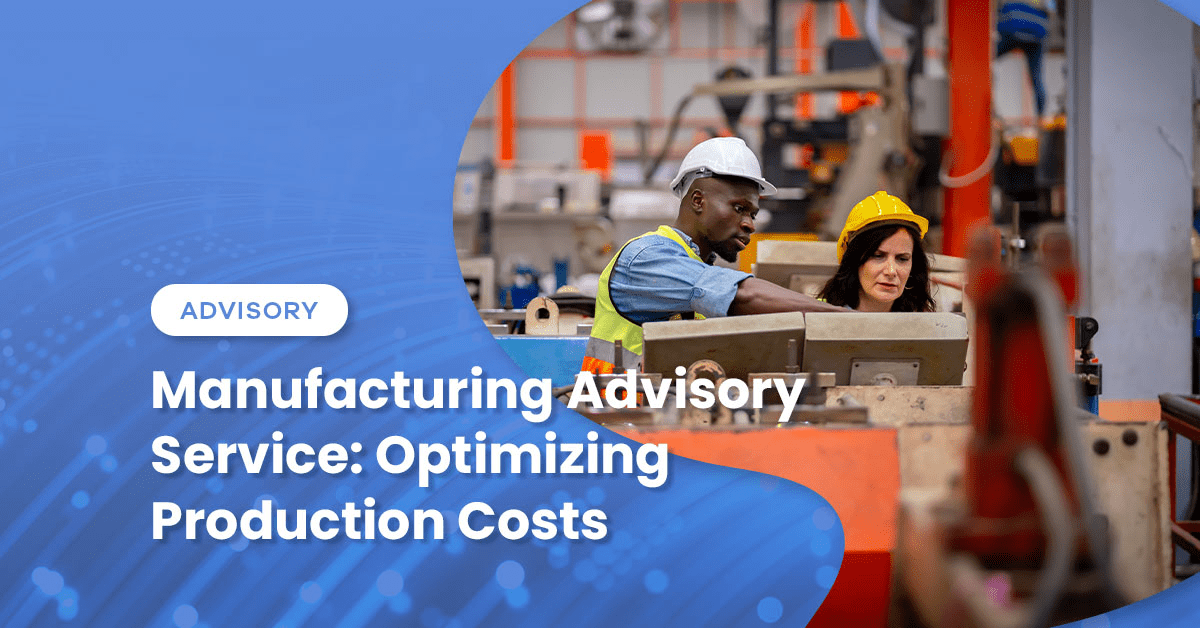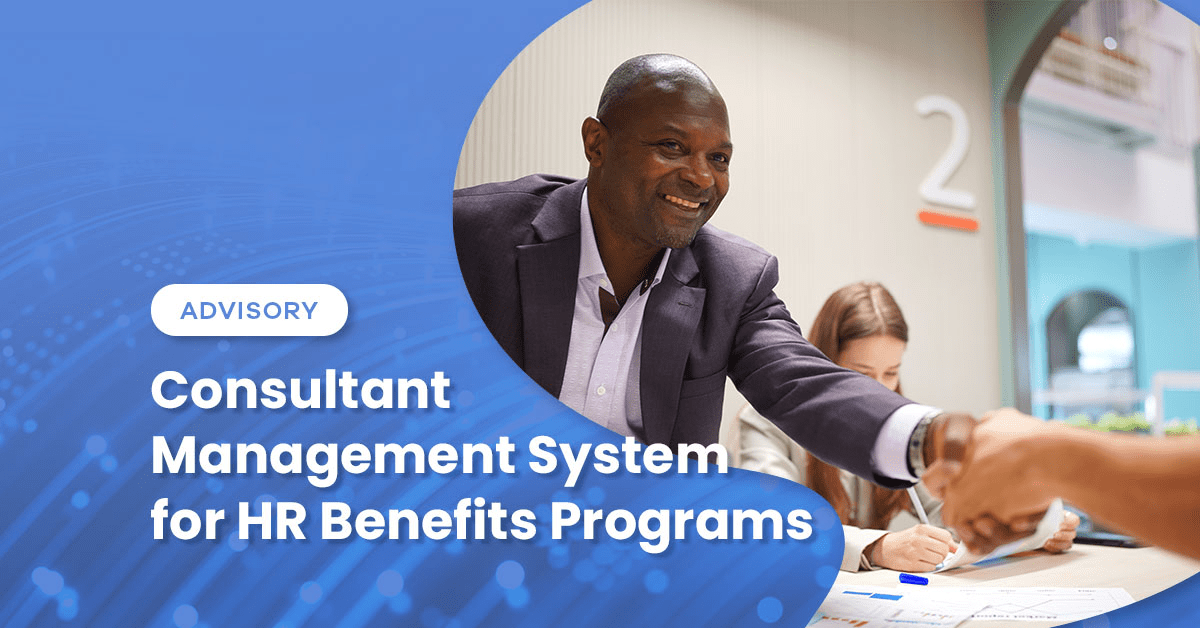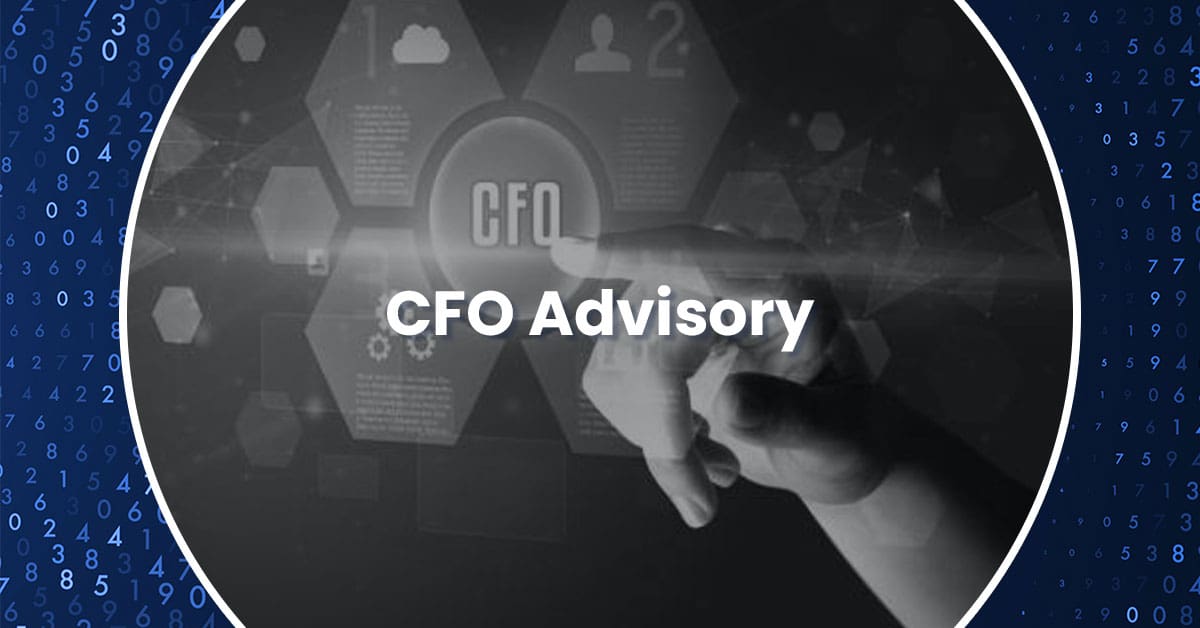Recruitment and retention go hand in hand, yet many companies overlook their connection. Attracting top talent is just the start—keeping them engaged and committed is the true challenge.
It’s a familiar story: A recruiter identifies an exceptional candidate for a client. The interview process goes smoothly, and the candidate seems like a perfect fit. Yet, within 3-6 months, things fall apart.
What went wrong? The easiest explanation is to blame the recruiter for not finding the “right” candidate. However, a more common scenario is that the company fails to support the new hire from day one.
Too often, organizations assume their work is done once the offer letter is signed. Onboarding is treated as a one-day event—a quick process involving paperwork, a benefits overview, a tour of the office, and setting up a laptop. But effective onboarding is far more than a checklist.
Many companies overlook the importance of a strong People Operations team, which serves as the bridge between new employees and their respective teams. This team plays a critical role, from onboarding on day one to ensuring the employee’s long-term integration and success. The first 30-90 days are pivotal in shaping how a new hire perceives their role, the company, and its culture.
Culture, at its core, is about how employees feel within the organization. Do they dread Sunday nights, knowing Monday looms? Or are they genuinely excited to contribute to an inclusive, collaborative environment?
How the Best Companies Retain Talent
The most successful organizations don’t just meet expectations—they exceed them. They deliver on the promises made during the interview process. When companies fail to follow through, trust is broken, and employees leave.
Here are the key attributes of companies with the highest recruitment and retention rates:
Structured Onboarding and Integration
Successful companies prioritize a seamless onboarding experience. They have a clear plan in place, including meaningful projects for the new hire, introductions to colleagues and stakeholders, and a roadmap for integration. This preparation helps new employees feel welcomed and valued from the start.
Regular check-ins during the first few months are equally important. These conversations provide an opportunity to address concerns early and demonstrate that the company genuinely cares about its employees’ experiences.
Leadership Investment in Employee Development
Employees thrive when leadership is actively invested in their growth. This includes offering continued education, training, and career mentorship. A structured career path with clear goals motivates employees and fosters engagement.
Clear and Consistent Communication
Leadership must communicate the company’s vision and goals clearly and consistently. Misaligned messaging or a lack of transparency erodes trust. While some information must remain confidential, employees appreciate being informed about company developments whenever possible.
Recognition and Competitive Compensation
Recognition and rewards are essential for retention. Compensation and benefits should align with industry benchmarks, and employees should feel their efforts are appreciated. Sometimes, a simple “thank you” can go a long way in making employees feel valued.
Additionally, there must be a balance between compensation, promotion opportunities, and the value employees derive from their work. No one wants to feel overworked and undervalued.
Flexibility and Work-Life Balance
Flexibility is no longer a perk—it’s an expectation. Remote work options, reasonable workloads, and open PTO policies (when implemented effectively) contribute to positive mental health and job satisfaction. Employees need to feel supported in balancing their professional and personal lives.
Adequate Resourcing
Companies must ensure they have the right number of resources to avoid overburdening employees. Open positions should be filled promptly, or temporary support should be brought in to manage workloads. Asking employees to take on additional responsibilities indefinitely leads to burnout and higher turnover.
Cultural Alignment in Hiring
Hiring the right talent is critical. New hires should align with the company’s culture, values, and diversity, equity, and inclusion (DEI) strategy. Employees notice when new team members reflect the organization’s core values, and this alignment strengthens the workplace environment.
A Positive Work Environment
Employees want to work with people they respect and enjoy. A pleasant, collaborative environment fosters stronger relationships and improves retention.
Recruiting and Retention: A Unified Strategy
Recruiting and retention are not separate processes—they are deeply interconnected. The most successful organizations understand this and excel at both recruitment and retention.
Kevin Kurtz is a Partner leading Wiss’ internal and client recruiting practice. He can be reached at [email protected].





 Previous
Previous






